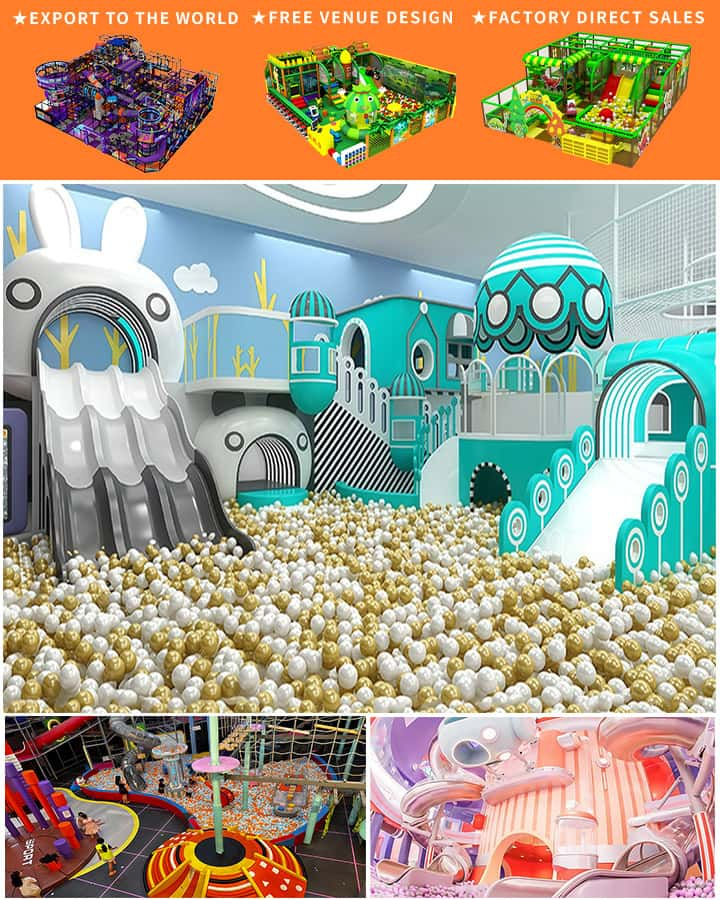Preschoolers are bundles of energy, constantly on the move and eager to explore their surroundings. An outdoor playground is a fantastic way to channel this boundless energy into fun, educational, and physically beneficial activities. However, selecting the right playground equipment is crucial to ensure safety, developmental benefits, and sheer joy for these young children. Here’s a guide to choosing the best preschool playground equipment for outdoor play.
Safety First
When it comes to preschoolers, safety is non-negotiable. The equipment should be age-appropriate and designed with safety features such as soft landing surfaces, rounded edges, and sturdy construction to prevent injuries from falls or collisions. Look for equipment that meets national safety standards and has been certified by relevant authorities. Ensure that the installation is done correctly, with proper maintenance schedules in place to keep the equipment in top condition.
Educational Benefits
Playtime isn’t just about fun; it’s also an opportunity for learning and development. Choose playground equipment that stimulates different aspects of a child’s growth:
- Physical Development: Climbing structures, slides, and balance beams help develop motor skills, coordination, and strength.
- Cognitive Skills: Puzzle panels, interactive games, and sensory walls can boost problem-solving abilities and cognitive functioning.
- Social Interaction: Group activities like seesaws, merry-go-rounds, and collaborative play structures encourage teamwork and social skills.

Variety is Key
A well-rounded playground experience comes from a variety of equipment that appeals to different interests and abilities. Incorporate a mix of:
- Active Play Equipment: Swings, climbing frames, and trampolines provide physical exercise.
- Imaginative Play: Playhouses, themed structures, and pretend play areas inspire creativity.
- Sensory Play: Sandpits, water tables, and tactile panels engage different senses and promote sensory exploration.
Age and Ability Appropriateness
Preschoolers range in age from about 2 to 5 years old, and their abilities vary widely within this group. Choose equipment suitable for the youngest children, like low-to-the-ground ride-on toys and small slides. As they grow older and more capable, introduce slightly more challenging structures like taller climbing walls and moderate-sized slides. Always consider the diversity of abilities among children, including those with special needs, and aim for inclusive play options.
Durability and Maintenance
Durability goes hand-in-hand with safety. High-quality materials like treated wood, heavy-duty plastics, and metals will withstand rough handling and harsh weather conditions. Regular maintenance checks are essential to keep the equipment safe and functional. This includes inspecting for wear and tear, tightening screws, and repainting as needed.
Budget Considerations
Investing in playground equipment can be a significant expense, but it’s worth it for the long-term benefits. Start by identifying must-have items and prioritize based on your budget. Sometimes, funding opportunities through grants or community contributions can help offset costs. Remember that while initial costs are important, the longevity and quality of the equipment often justify higher upfront expenses.
Community Involvement
Engaging parents and guardians in the selection process can foster a sense of community ownership and ensure the playground meets the needs of local families. Solicit feedback on preferred types of equipment and involve the community in fundraising efforts if necessary. Regularly update parents on maintenance schedules and any new additions to keep everyone informed and involved.
Conclusion
Choosing the right preschool playground equipment for outdoor adventures involves careful consideration of safety, educational value, variety, durability, budget, and community involvement. By thoughtfully selecting and maintaining playground equipment, you create an enriching environment where young children can learn, grow, and have countless hours of fun.




